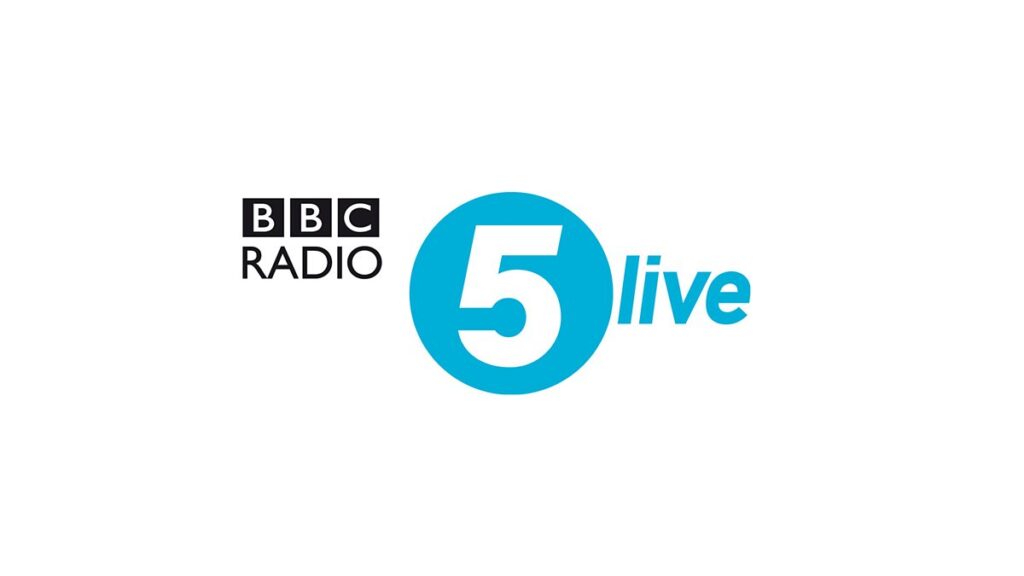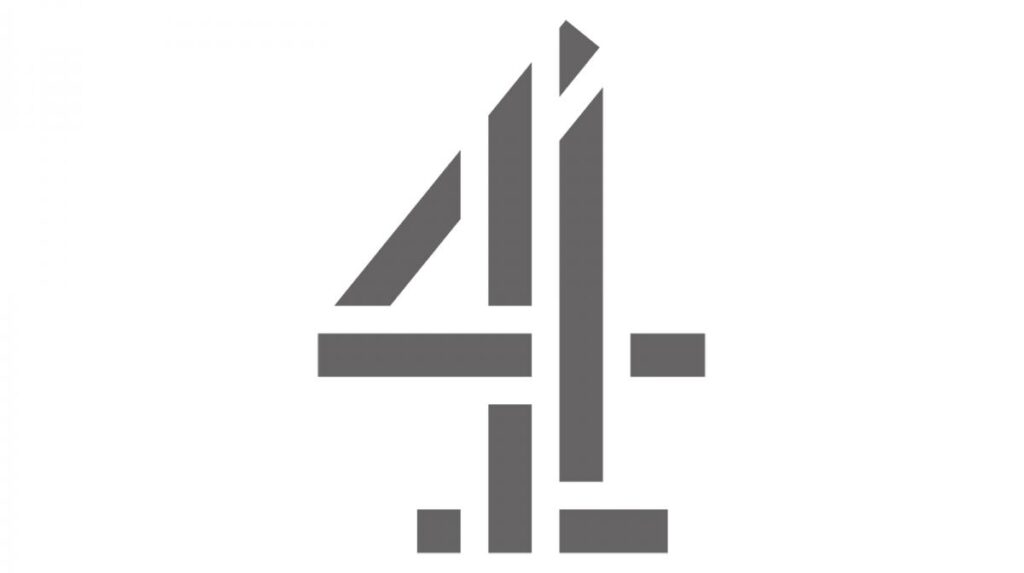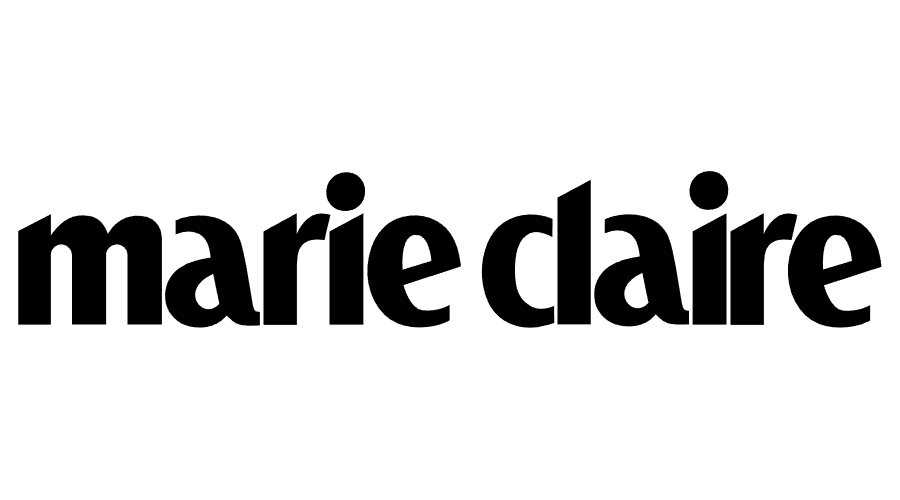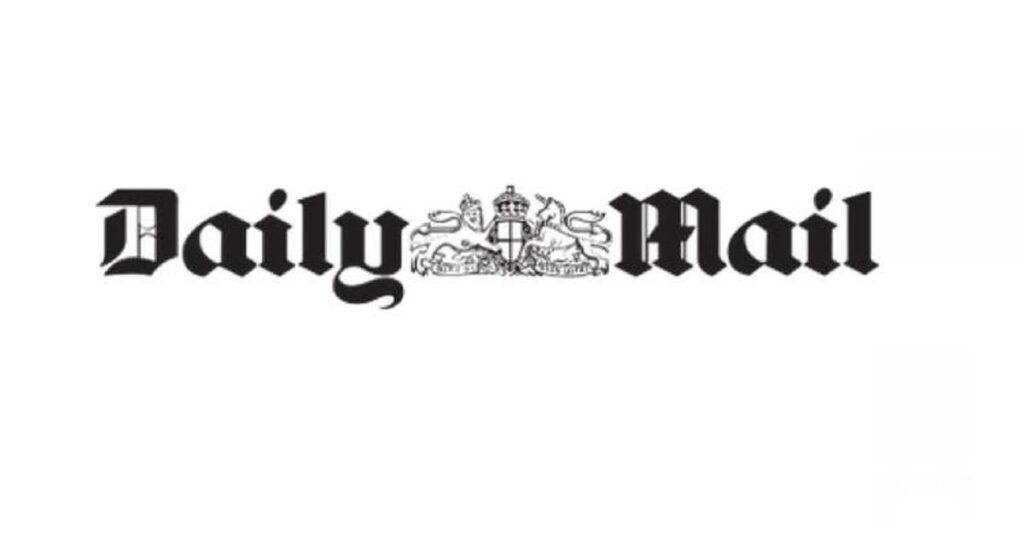What Is Breast Reconstruction Following A Mastectomy?
What Is Breast Reconstruction Surgery?
Breast reconstruction surgery is an important treatment for women who have had, or are undergoing, breast cancer treatment. This surgery aims to replace breast tissue lost following breast mastectomy surgery using both autologous and non-autologous tissue or a combination of both.
Who Is It Suitable For?
Most women who undergo breast mastectomy surgery are provided with the option of having breast reconstruction surgery as part of their treatment. If you have breast mastectomy surgery, then your surgeon will discuss the possibility of breast reconstruction surgery.
Who Is It Not Suitable For?
Following treatment for breast cancer, some women chose not to undergo breast reconstruction surgery for many different reasons. Some women simply don’t want to undergo additional surgery, or are happy with their post-mastectomy body. If you smoke, then your surgeon will discuss the benefits of giving up smoking before your breast reconstruction surgery, as you are more likely to develop problems following the surgery.
How Much Does Breast Reconstruction Surgery Cost?
After a consultation with Gary Ross, we will provide you with a quote for breast reconstruction surgery. Quotes include hospital, surgeon and anaesthetic fees.
Having Breast Reconstruction Surgery
Following breast mastectomy surgery, you may be considering undergoing breast reconstruction surgery. Breast reconstruction is an integral part of the treatment process for breast cancer and is often offered as part of NHS treatment either at the same time, or shortly after, breast mastectomy surgery
Breast reconstruction combines all aspects of plastic, reconstructive and aesthetic practices. Being diagnosed with breast cancer can be devastating and decisions surrounding breast reconstruction surgery is often seen as a secondary consideration. Although offered as an NHS treatment as part of cancer care, every person having treatment for breast cancer, and where breast reconstruction surgery is an option, should have the opportunity to discuss breast reconstruction with a plastic surgeon, even if this means going private for the treatment.
Why Should I Go Private For Breast Reconstruction Surgery?
A lot of women choose to go private as a way to undergo prompt and personalised treatment for breast reconstruction surgery in a modern and comfortable hospital, and also so that they can hand pick their surgeon. Breast reconstruction surgeries are performed at the Alexandra Hospital with Gary Ross. As one of the most accredited private hospitals in the UK, patients leave the experience feeling well rested and prepared for recovery.
During your first consultation, we’ll have a careful and considerate conversation with you about the best treatment route for you and then you’ll have consultations with our oncological team.
What Does Breast Reconstruction Surgery Involve?
There are different types of breast reconstruction surgeries, however, we’ll always make sure to reconstruct breasts in a similar size and shape. We use both autologous and non-autologous treatments, or a combination of both techniques, for your breast reconstruction surgery, but this will be discussed with you further during your initial consultation.
Autologous Reconstruction
Autologous reconstruction (also known as flap construction surgery) uses your own tissue, which has many advantages. As the tissue ages naturally, the effects of your breast reconstruction surgery will change minimally with time. Initially, autologous reconstruction can be more time-consuming than non-autologous reconstruction in terms of both surgical time and recovery. In the years following surgery, you may wish to continue attending breast cancer screenings as some of your own breast tissue remains.
Non Autologous Reconstruction
Non Autologous breast reconstruction surgery uses implants to create the shape of the breast. This type of breast reconstruction surgery is used for patients who wish to have a simple solution following a mastectomy in the immediate phase, although it is not recommended in cases where the patient has undergone radiotherapy, or where breast mastectomy surgery has previously been performed.
The most important aspects of breast reconstruction surgery include size, shape and symmetry. The initial operation provides the basis of which the surgeon can mould the final result. Often, a second operation is required to achieve the desired results. With increasing refinements, such as lip modelling and combining liposuction and autologous fat transfer, the new breast can be remodelled to give an even more natural result.
This can be combined with nipple reconstruction and areola tattooing to provide a result which is similar in size, shape and symmetry. In unilateral reconstruction, it may be necessary to perform surgery to the unaffected breast to give symmetry. This is often in the form of a mastopexy, breast reduction or mastopexy implant.
Breast reconstruction surgery should be tailored to each patient’s individual needs following a discussion regarding both the pros and cons of each technique.
Breast Reconstruction Following Lumpectomy
Following a lumpectomy, there may be asymmetry between the breasts. Common treatments include the use of autologous fat transfer or reshaping of the breast in the form of a mastopexy. Where asymmetry is more marked, there may also be a need to combine these and perform surgery on the unaffected breast in order to aid symmetry in terms of volume.
Occasionally, autologous and non-autologous methods of breast reconstruction can be used to help reconstruct defects following a lumpectomy, as described above. In some severe cases, it may be necessary to complete a mastectomy with immediate reconstruction in order to create a pleasing aesthetic outcome.
What Is The Surgical Timeline For Breast Reconstruction Following Mastectomy
Each patient undergoing breast reconstruction will experience a variable timeline for their procedure. The following is the average timeline to expect, but this may differ depending on which method is used, and if any accessory treatments are performed at the same time:
0-2 Days : Once the breast reconstruction surgery is completed, you will stay under the attentive watch of the nurses at the Alexandra Hospital where the procedure is performed. They have a 24-hour round-the-clock care team meaning you can be closely monitored to ensure your recovery is going smoothly. Depending on the complexity of your breast reconstruction, you may be eligible to go home within a few days. A flap procedure often means a longer recovery time due to using two surgical sites.
1-8 Weeks: During this period, you should be discharged and free to go home. On average the bulk of swelling should take around 8 weeks to go down. During this time, you should avoid any strenuous activities such as lifting, sports, or any other physical movements that put the surgical site at risk. Your surgeon will recommend stretching to keep your muscles moving when the time is right.
1+ Year: Final results can take anywhere from one to two years. Within this time the tissues should heal completely, and scarring will fade.
How To Prepare For Mastectomy Reconstruction
As with all surgical procedures, preparation is key for breast reconstruction surgery to ensure an optimal outcome. Your surgeon will offer a bespoke treatment plan to best prepare for your surgery, but keep in mind the following essential steps:
Quit Smoking – Smoking before and after surgery can slow the healing time and increase the risk of infection. Stop smoking at least a month before surgery.
Review Medications – Gary Ross will review any current medications you are taking and suggest recommendations as to whether they should be stopped in the lead up to surgery. Some medications can interfere with the anaesthetic that will be administered for surgery, so be transparent with any medications you are currently taking.
Prepare For Your Stay – Patients following breast reconstruction will need to pack an overnight bag to stay in the hospital. The length of time you will be required to stay will differ between patients. This bag should include loose-fitting clothing, comfort-increasing items, and also things to keep you busy such as books and devices.
Prepare Your Home – Your physical activity should be limited during the first few weeks of recovery. For this reason, you need to make adjustments in your home to optimise recovery such as gathering supplies like comfortable pillows and pain medications. Also, make sure you have simple meals to hand to limit the requirement of cooking. Support at home would be ideal to assist you with essential tasks whilst movement is restricted.
Breast Reconstruction FAQs
A mastectomy is a surgery that involves removing the entire breast. It is typically carried out as a surgery for breast cancer in both men and women. Mastectomies are done where a patient cannot be treated using a lumpectomy, for patients at risk of getting a second breast cancer or for personal reasons.
There are different types of mastectomy surgeries that are carried out that are dependent on how the surgery is done and how much breast tissue is going to be removed and these can range from a double mastectomy, where both full breasts are removed (including the nipple and areola) to nipple sparing mastectomies. During mastectomy treatment, all breast tissue is removed.
If you are having a mastectomy you may also wish to discuss having breast reconstruction surgery, which is an operation to replace the breast tissue that is removed during a mastectomy. Typically, this is done at the same time as mastectomy surgery. Following a mastectomy and/or breast reconstruction surgery, you will recover well after a few weeks. A mastectomy and breast reconstruction is carried out under general anaesthetic, so you should expect a short stay in hospital.
You can expect to feel sore for a few days following a mastectomy and breast reconstruction surgery and you will be given painkillers to manage the pain. You can expect the area to feel stiff and swollen and there will likely be some bruising. Most patients find that their wounds take up to 3 weeks to heal, but it could be several months before the area is fully healed. Most patients can go home the day after a mastectomy, but if you have had breast reconstruction surgery, your stay could be up to a week, depending on how your wound is healing.
It’s important that after a mastectomy and breast reconstruction surgery that you rest and take things easy for a few weeks. Following the surgery, we will ask you back for a follow-up appointment, where your surgeon will check the healing progress and how you are feeling.
As each patient and surgery is different, how much breast reconstruction surgery is depends on your individual treatment. Following an initial consultation, we can then provide you with more details on cost, as this will include hospital, surgeon and anaesthetic fees.
After a mastectomy and breast reconstruction surgery, you can expect some soreness, bruising and swelling for around 2-3 weeks. It’s important to care for the area and keep it clean and dry following information provided by your surgeon. You can expect to feel more tired than you would usually for a few weeks after the surgery, so it’s important to rest during this time.
Most patients return to their regular activities around 6-8 weeks after their surgery, with strenuous exercise to be avoided until cleared by your surgeon. You can expect areas of numbness and tingling where the surgery was done, but over time, you can expect some feeling to return to your breasts. Following a mastectomy and breast reconstruction surgery, you will need to have regular checkups and it’s important that, once healed, you continue to do self-examinations and attend an annual mammogram as part of your recovery.
Immediately after breast reconstruction surgery, you will likely be most comfortable in soft, loose cotton clothing. After your surgery, drains will be in place and you will be experiencing some swelling and discomfort, so material that doesn’t cling to this is recommended. You may also want to avoid wearing clothing that you need to lift your arms up or over your head to put on or remove. Usually, you will go home with drains in place to reduce the build up of swelling or fluid in the surgery area, so take this into consideration when thinking about clothing.
Once the initial swelling and discomfort has subsided, you can consider wearing surgical camisoles and bras which are designed to provide support. These are made using soft, stretchy material to hold drains in place and can be pulled over the hips rather than over the head. Different types of breast surgery require different recovery and following a mastectomy and breast reconstruction surgery, your surgeon will discuss clothing and when to start wearing a bra. Your surgeon may advise a regular post-surgery bra, or one that has drainage openings.
























